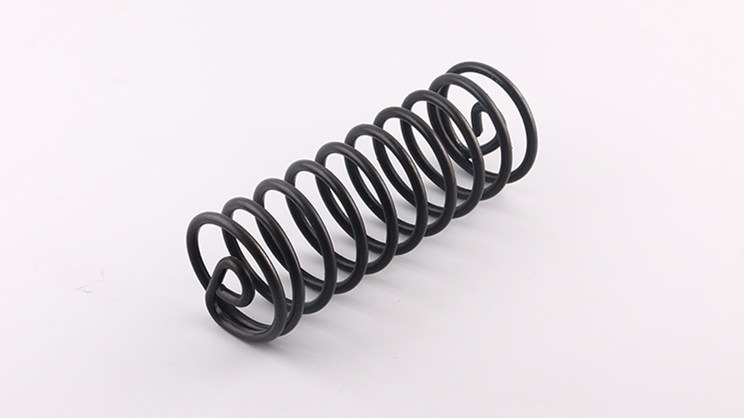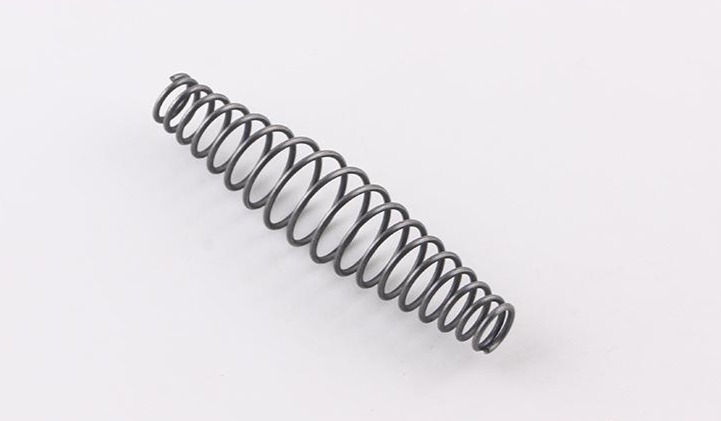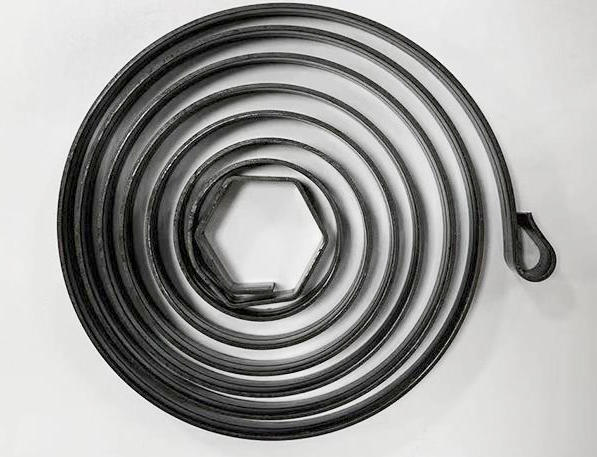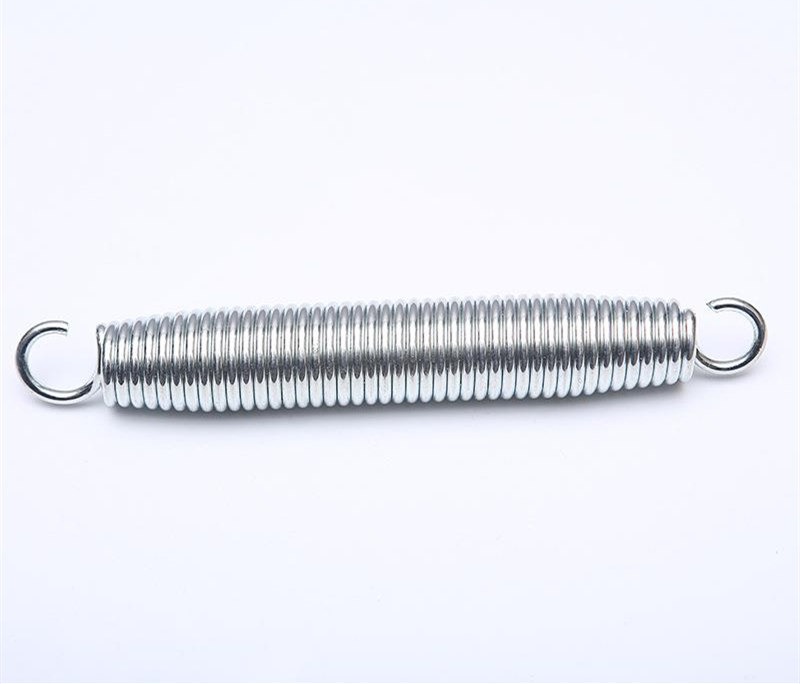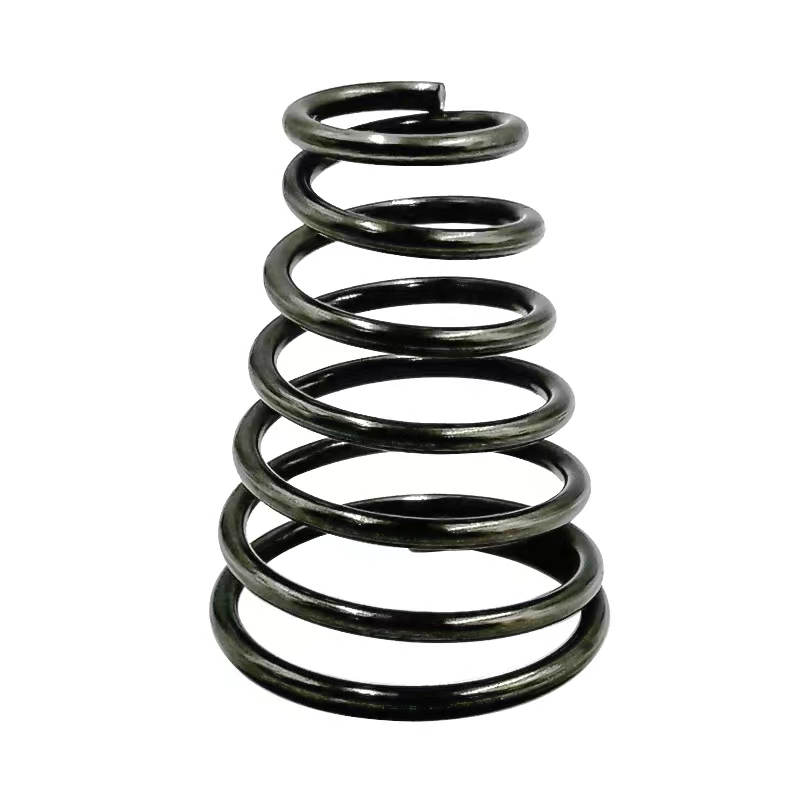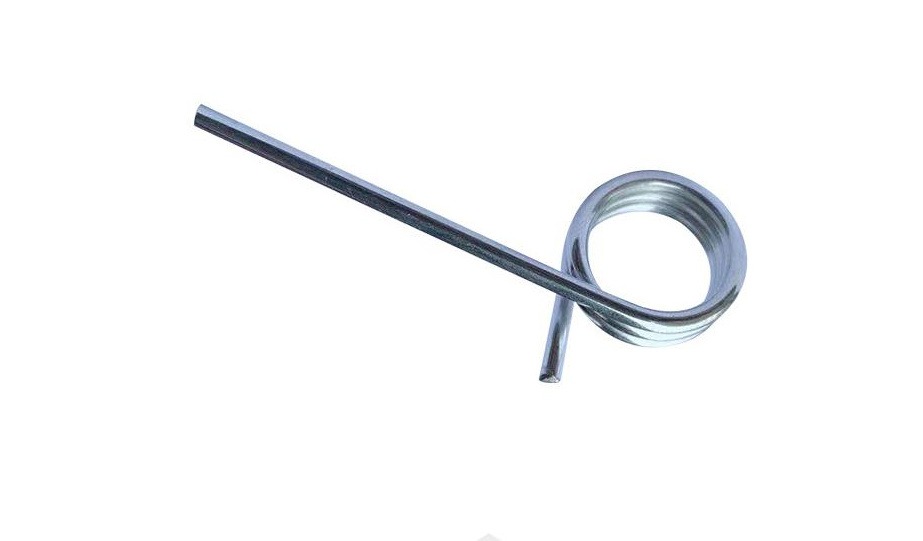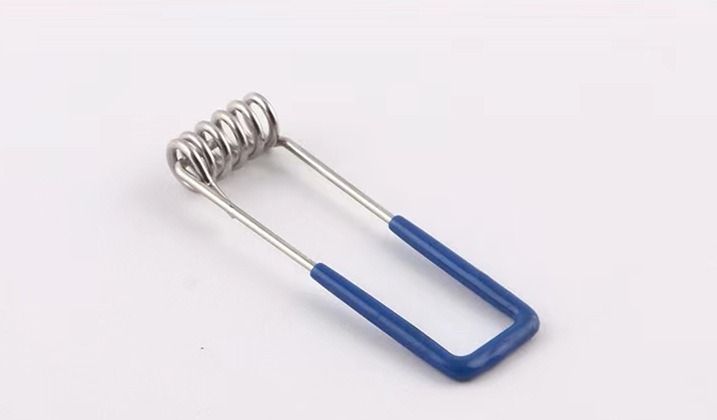What is the Manufacturing Process of Tension Springs
An extension spring is a helical spring that bears the axial tension. When not under load, the coils of the tension spring are generally tight and there is no gap.
This article will introduce the materials for making tension springs, the parameters required before production, and the production process of tension springs.
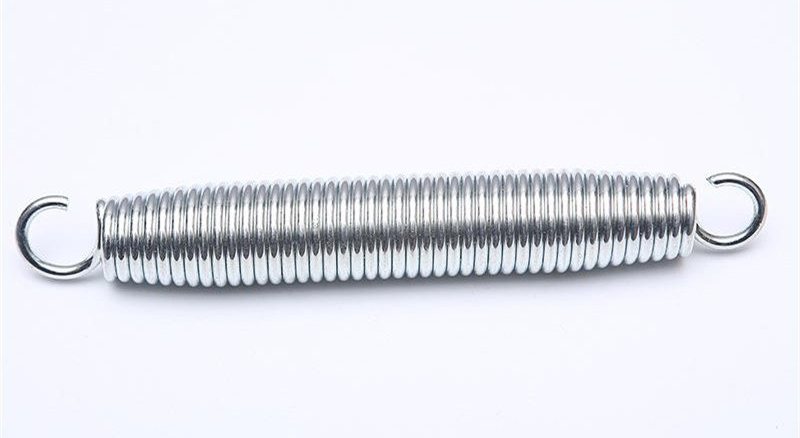
What Are the Materials Used to Make Tension Springs?
The types of spring materials are mainly divided into two categories: metal materials and non-metal materials.
Metallic material:
Spring steel:
Carbon spring steel: typical grades are 65Mn, T8, T9, etc.
Alloy spring steel: Typical grades are 50Crv, 55CrSi, 60Si2Mn, etc.
Stainless steel for spring: typical grades are 304, 12Cr18Ni9, 07Cr17Ni7AI, etc.
Copper alloys: silicon bronze, beryllium bronze, brass, etc.
Nickel and nickel alloys: pure nickel, nickel-copper alloy, nickel-cobalt alloy, nickel-chromium alloy, etc.
Other special alloys: high-speed tool steel, alloys for elastic components, memory alloys, etc.
Commonly used non-metallic materials:
Gas (such as gas spring), liquid (oil), gas-liquid mixture.
Rubber (rubber spring), plastic fiber reinforcement materials.
What Are the Main Parameters of the Tension Spring?
Before designing and manufacturing the spring, the spring parameters that need to be considered include hardness, wire diameter, coil pitch, inner diameter, outer diameter, length, etc.
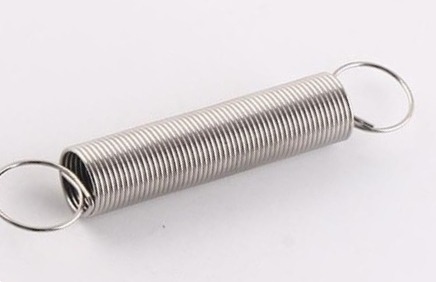
What is the Process Flow of a Tension Spring?
The process flow of tension spring: winding forming → heat treatment → end surface treatment → strengthening treatment → heat treatment → surface treatment → packaging and storage.
Winding process:
1. Cold rolling method: Springs with spring wire diameter d≤8mm are wound by the cold rolling method. Quenching treatment is generally not performed after winding, and only low-temperature tempering is required to eliminate the internal stress during winding.
2. Hot rolling method: springs with spring wire diameter d>8mm are wound by the hot rolling method. Springs rolled in a hot state must be quenched and tempered at medium temperature after rolling.
Heat treatment:
Most elastic parts are heat treated after forming to form and maintain elasticity, so heat treatment is required in the spring production process.
End treatment:
In order to stabilize the support surface of the spring end ring and meet the requirements of verticality and roughness, the end surface of the spring rolled after forging and flattening at both ends of the material needs to be ground.
Generally, the grinding process of spring manufacturers is carried out on a grinder or a special spring-end grinder.
Surface treatment:
1. Plating
The coating can be selected according to the occasion where the spring works. The common ones are galvanized and cadmium-plated, others include copper-plated, chrome-plated, nickel-plated, tin-plated, silver-plated, zinc-plated titanium alloys, etc.
2. Bluish or black
After oxidation treatment, protective magnetic iron oxide is formed on the surface of the spring, and the oxide film is blue or black, and sometimes dark brown.
3. Phosphating
Putting the spring into a phosphate solution containing manganese, iron, and zinc to form a water-insoluble phosphate film on the metal surface is called phosphating.
4. Spraying
The spring can be protected by dipping or spraying substances on the surface of the spring, such as paint, asphalt, plastic, etc.
Packaging and storage:
Manufactured springs will be packaged in special packaging to protect the springs from damage during transportation or storage.
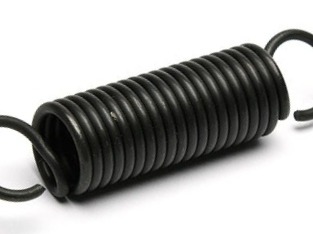
KENENG is an enterprise that produces springs, including compression springs, tension springs, mold springs, battery springs, special-shaped springs, etc. We produce and customize springs according to customers’ drawings or needs, and the produced springs are of high quality and cheap. If you need to produce springs, please contact KENENG, who has rich experience in this industry, and we will provide you with high-quality services.

